Mexico's Archaeological Sites
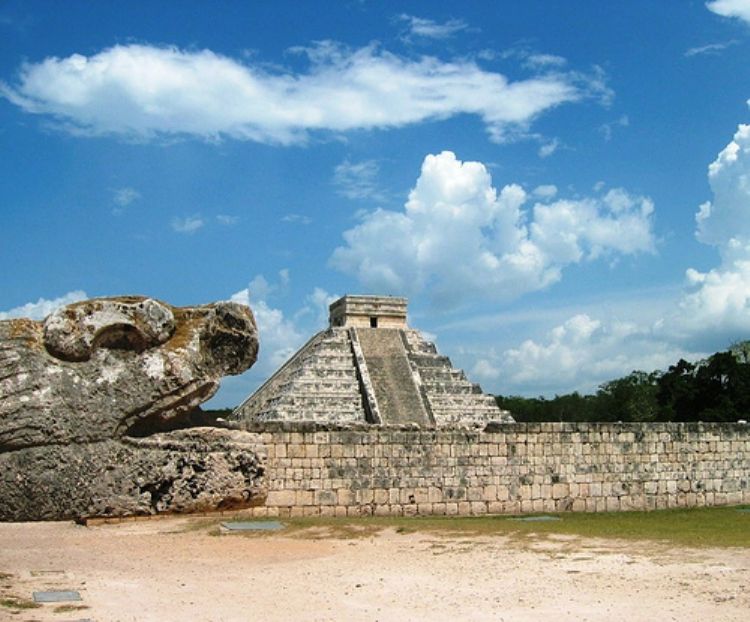
When the Spaniards arrived, the indigenous society was perfectly structured. Throughout the territory, millenary people settled, with religious beliefs that had a profound relation to the cosmos and earthly life. This relationship constructed complete life systems through which they established rules, organization forms, commercial exchange, political and military domains and social hierarchies.
However, the vision and interest of the Spanish world over those structures didnât allow them to continue, hence imposing a new form of life that was unsuccessfully confronted by many. The remains of those beliefs and constructed sites mixed to originate the new culture we are part of.
In each of the countryâs States are sites that give testimony of that past and their fusion process. Churches, civil constructions, religious art, sculptures, paintings, music and traditions speak of a mutual Spanish and Indigenous influence that resulted in unique creations.
Archaeological zones have exceptionally followed a different path, since many were destroyed for constructing new public and religious buildings for the New Spain, and others that because of their distance and not being considered geographically, politically and economically important were abandoned, or werenât even discovered.
Mexicoâs archeological zones give a much clearer evidence of the different eras in which the pre-Columbian people lived before the Spanish incursion. In such sites visitors will mainly find architecture and sometimes paintings, relieves and carvings. In most cases the funeral objects, common in these sites, and decoration pieces have been transferred to regional museums in Mexico City or remain close to the sites where they were found in a museum of the ruins.
Among the most important places are the city and National Park Palenque, in Chiapas. In Oaxaca is the Archeological Zone of Monte Albán. The archaeological zone of Chichen Itza, Uxmal in Yucatan and Calakmul in Campeche are areas of great cultural development of the prehispanic world.
Tajin, in the State of Veracruz is another site of great interest for the construction of military and ceremonial buildings. In the Central zone of the country, are the pyramids of Teotihuacan with two wonderful constructions dedicated to the Sun and the Moon, the Templo Mayor, although compared to the former is much smaller, represents one of the most significant constructions of the time and place, which is possibly related to many other vestiges they keep finding in the old buildings of the historic center.
Click on the PLAY Button to watch the Video.
Artículo Producido por el Equipo Editorial Explorando México.
Copyright Explorando México, Todos los Derechos Reservados.
Foto: Kyle Simourd


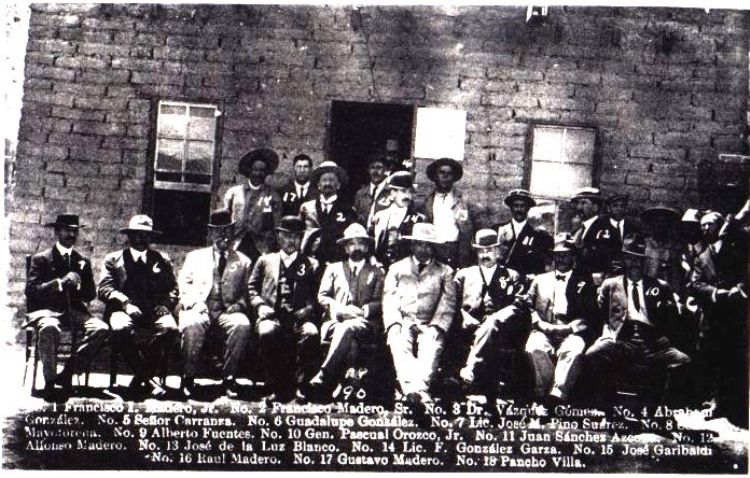
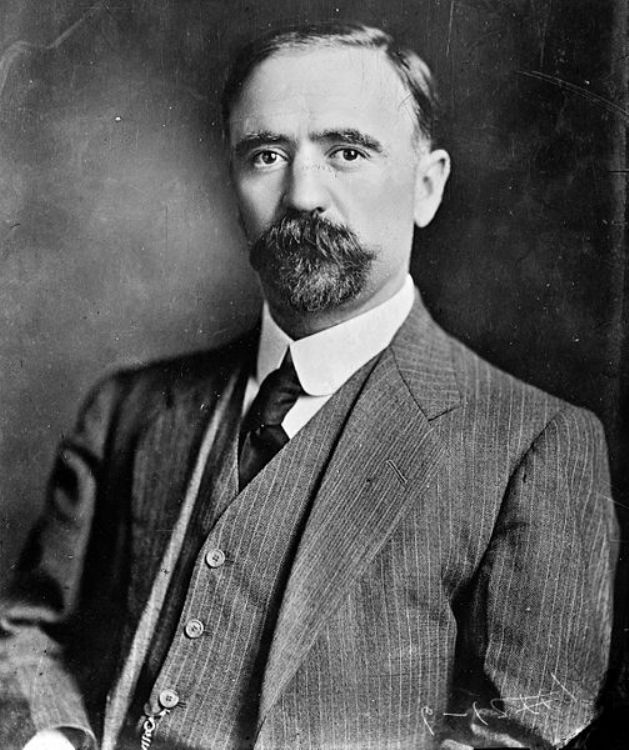
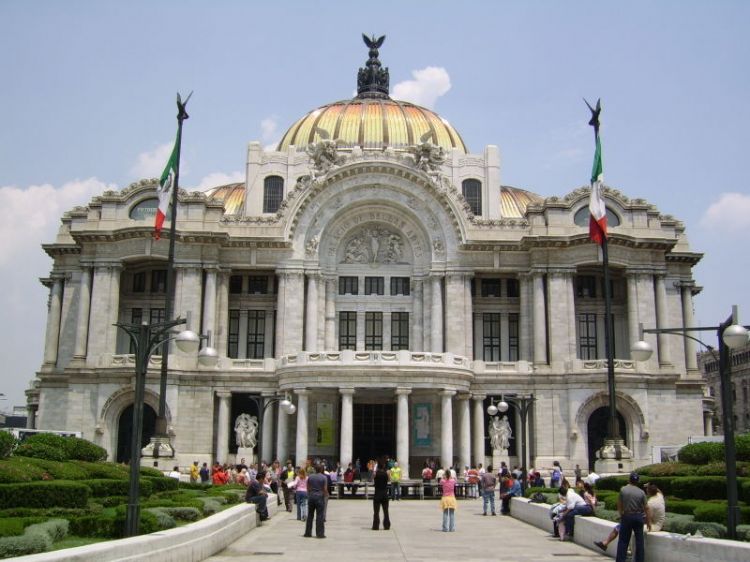
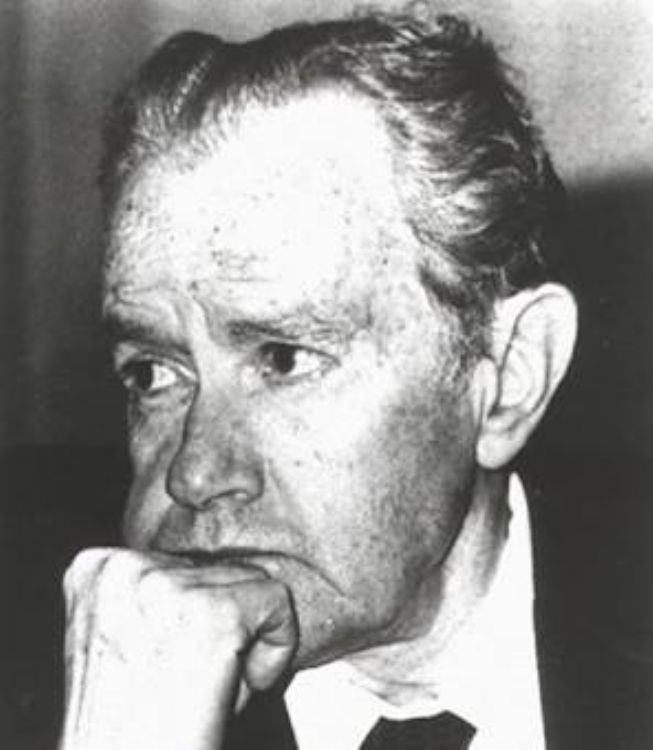
.jpg)